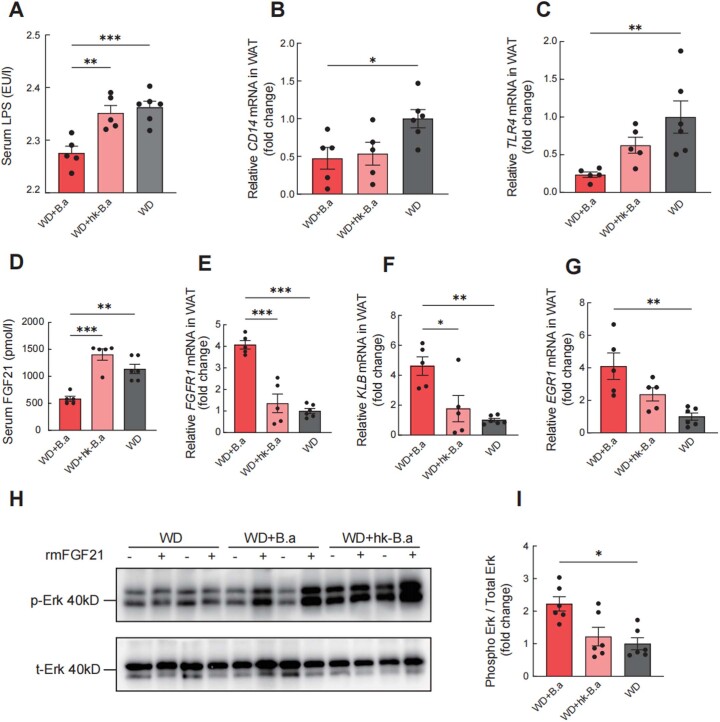Extended Data Fig. 8. Bifidobacterium adolescentis enhanced the sensitivity of FGF21 in adipose tissue.
The mice were fed the western diet for 8 weeks before administration of B. adolescentis and were randomized into three groups, drinking sterile water fortified with B. adolescentis (WD+B.a), heat-killed B. adolescentis (WD+hk-B.a) or PBS (WD) for 5 weeks. After an 8-week B. adolescentis intervention period, a fibroblast growth factor 21 (FGF21) response test was conducted on mice. (a) The level of serum lipopolysaccharide (LPS). (b) The transcription of cluster of differentiation 14 (CD14) in white adipose tissue (WAT). (c) The transcription of toll-like receptor 4 (TLR4) in WAT. (d) The serum level of FGF21. (e) The transcription of fibroblast growth factor receptor 1 (FGFR1) in WAT. (f) The transcription of βklotho (KLB) in WAT. (g) The transcription of early growth response factor 1 (EGR1) in WAT. (h) In vivo phosphorylation of extracellular signal-regulated kinase 1/2 (Erk1/2) (Thr202/Tyr204) and total Erk1/2 before and after rmFGF21 administration (2mg/kg, i.v.) detected by western blot analysis. (i) Quantification analysis of the fold change of Erk1/2 phosphorylation. The samples derive from the same experiment and that gels were processed in parallel. Data are mean ± s.e.m. WD+B.a, n = 5 biological replicates; WD+hk-B.a, n = 5 biological replicates; WD, n = 6 biological replicates. * P = 0.04 (b), 0.01 (f), and 0.02 (i), ** P = 0.004 (a), 0.009 (c), 0.001 (d), 0.002 (f), and 0.002 (g), *** P < 0.001, based on one-way ANOVA (normally distributed) followed by Tukey’s post hoc test or Kruskal–Wallis test (non-normally distributed) followed by Dunn’s test.

